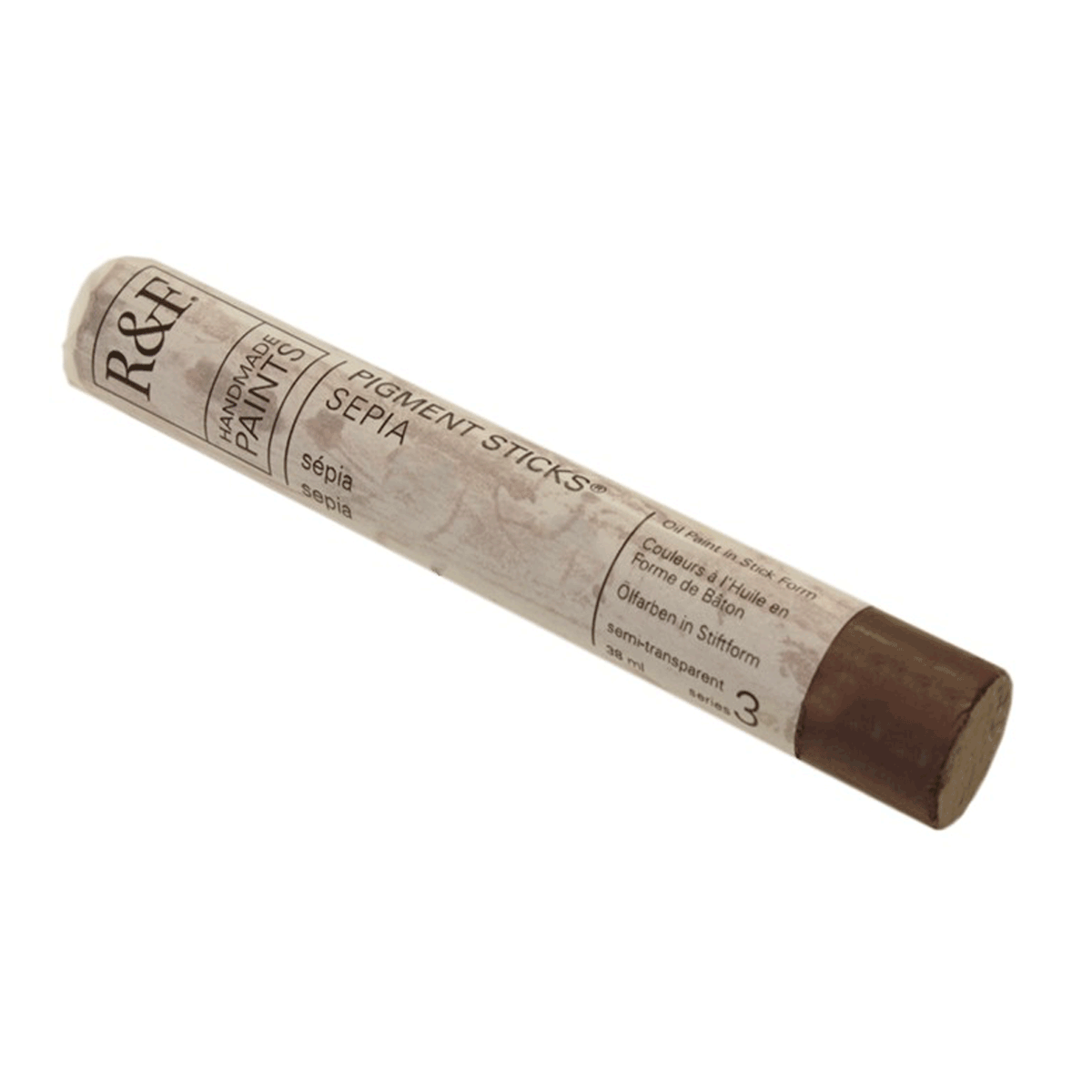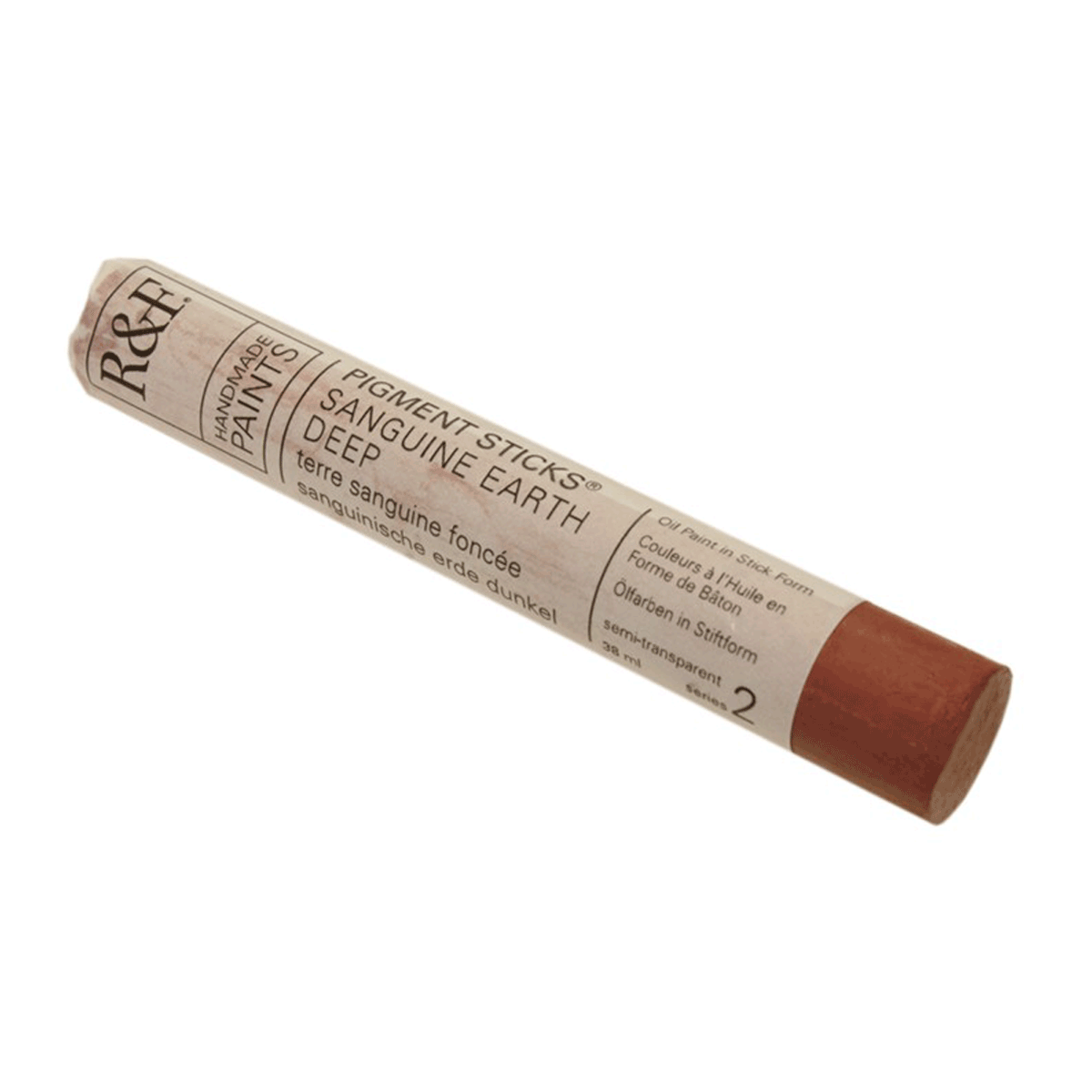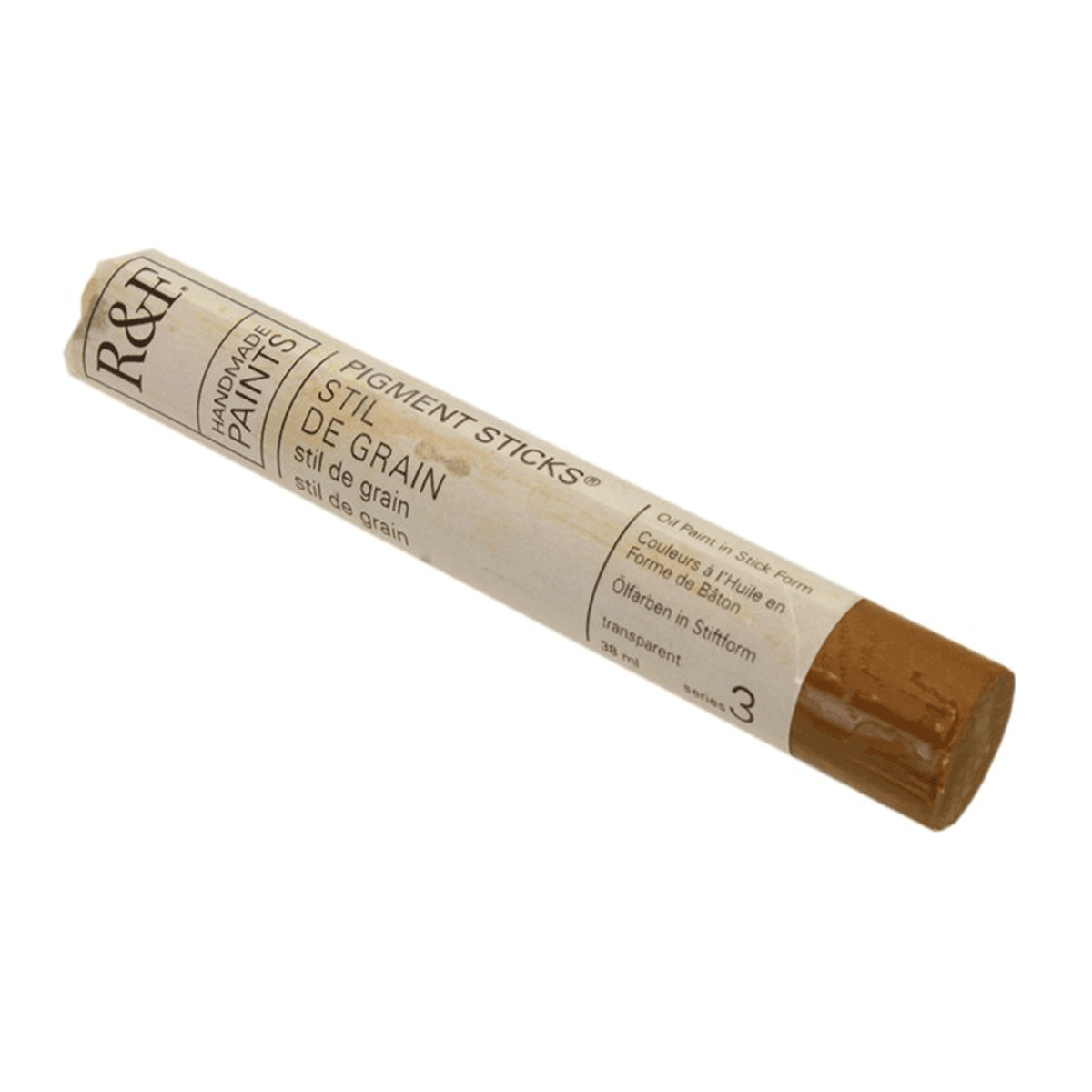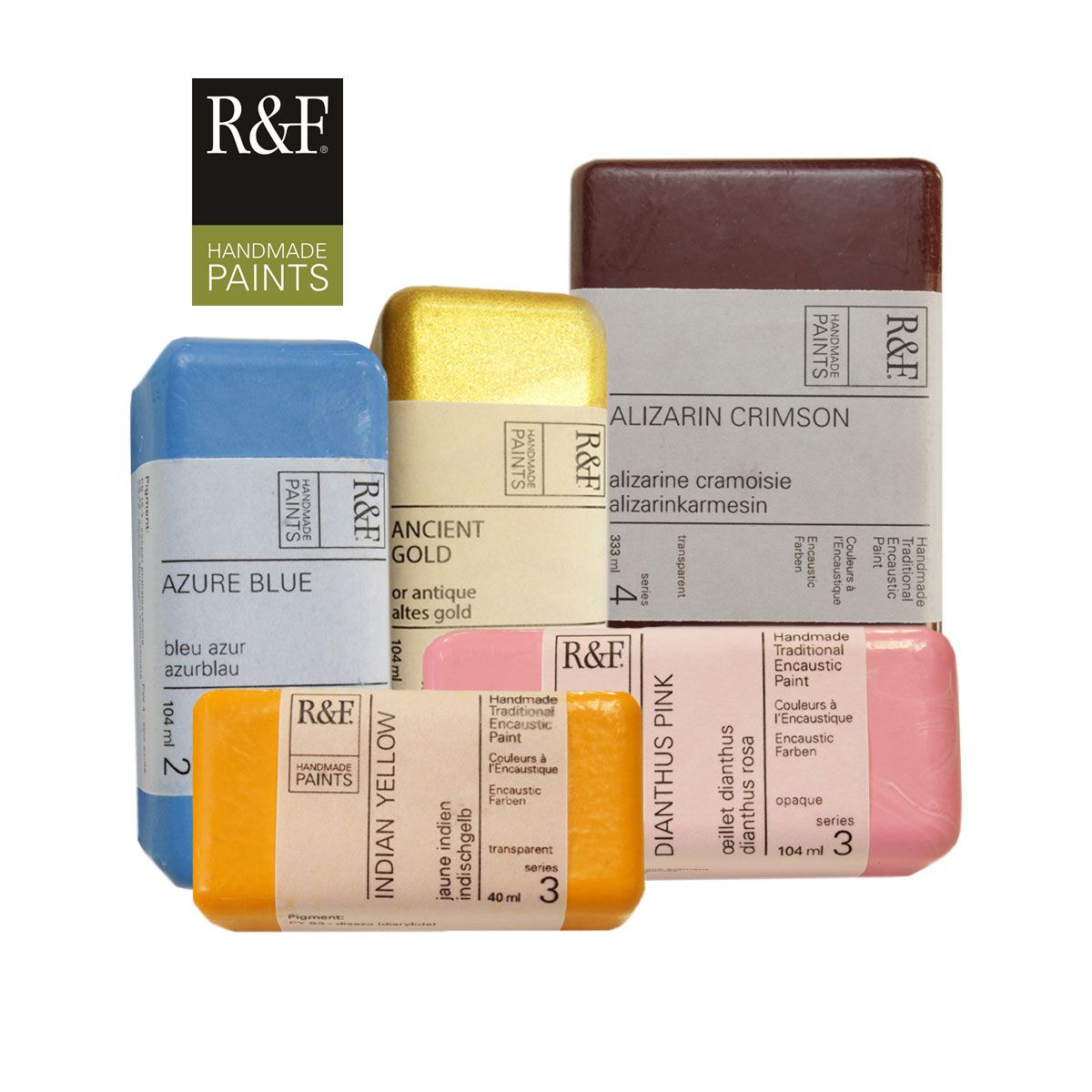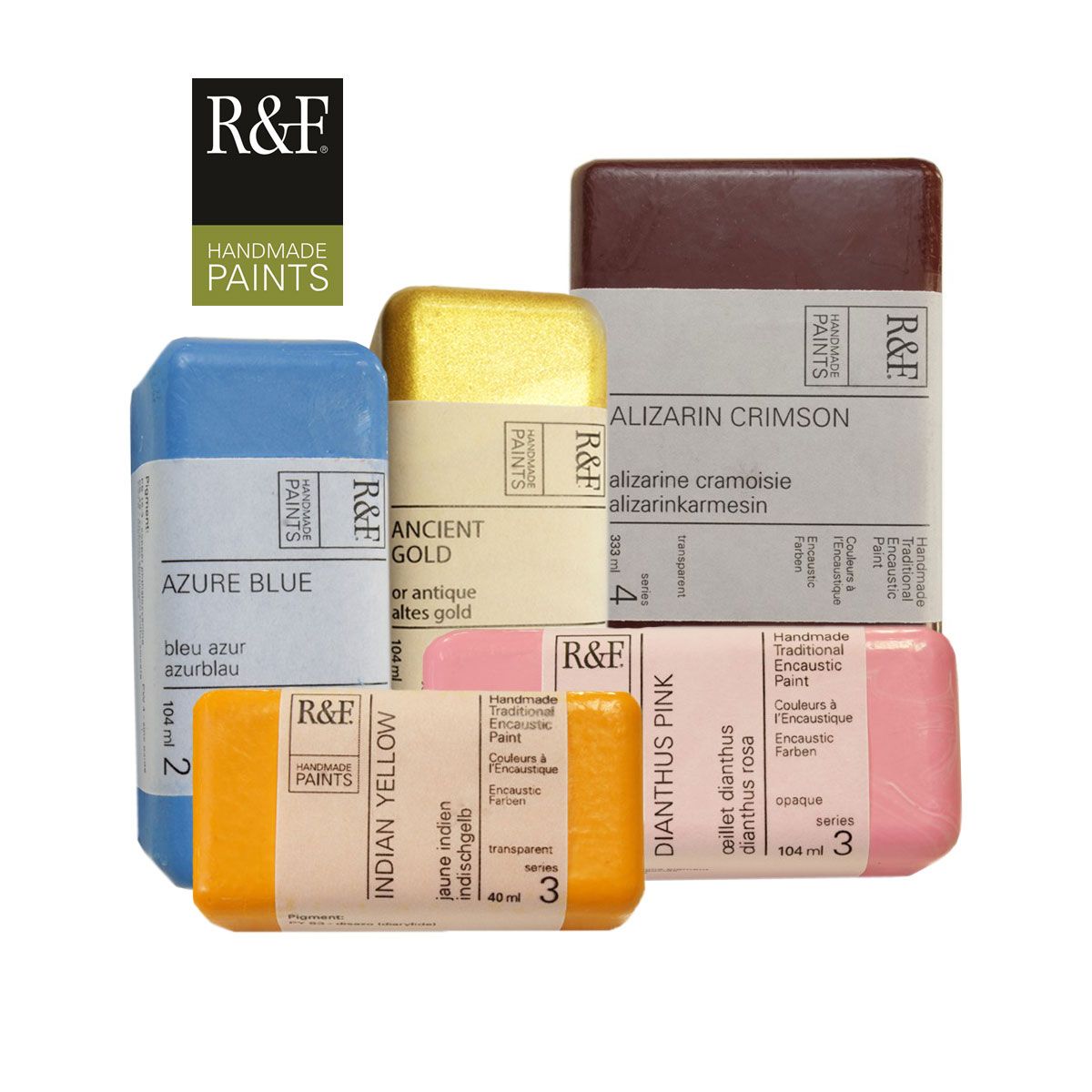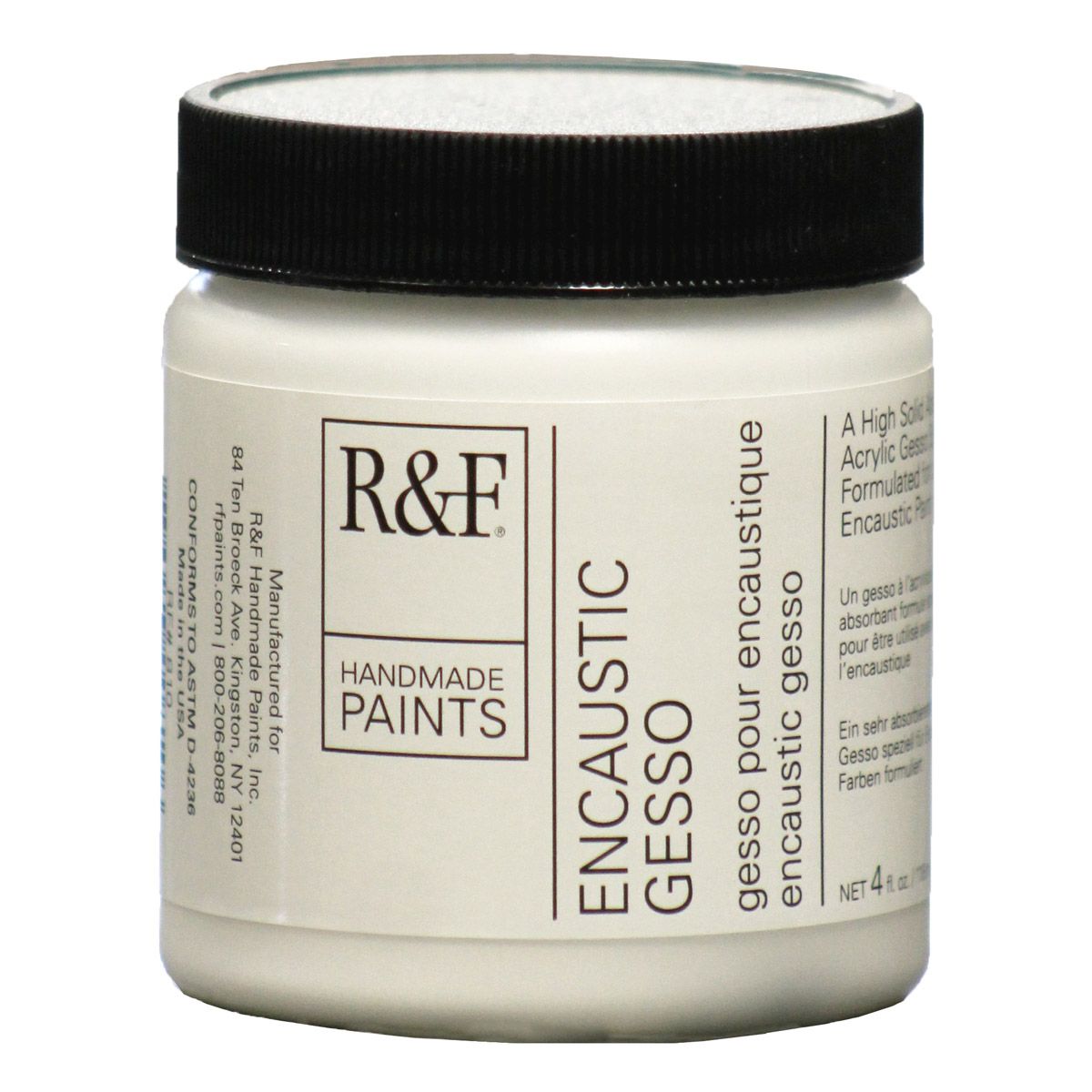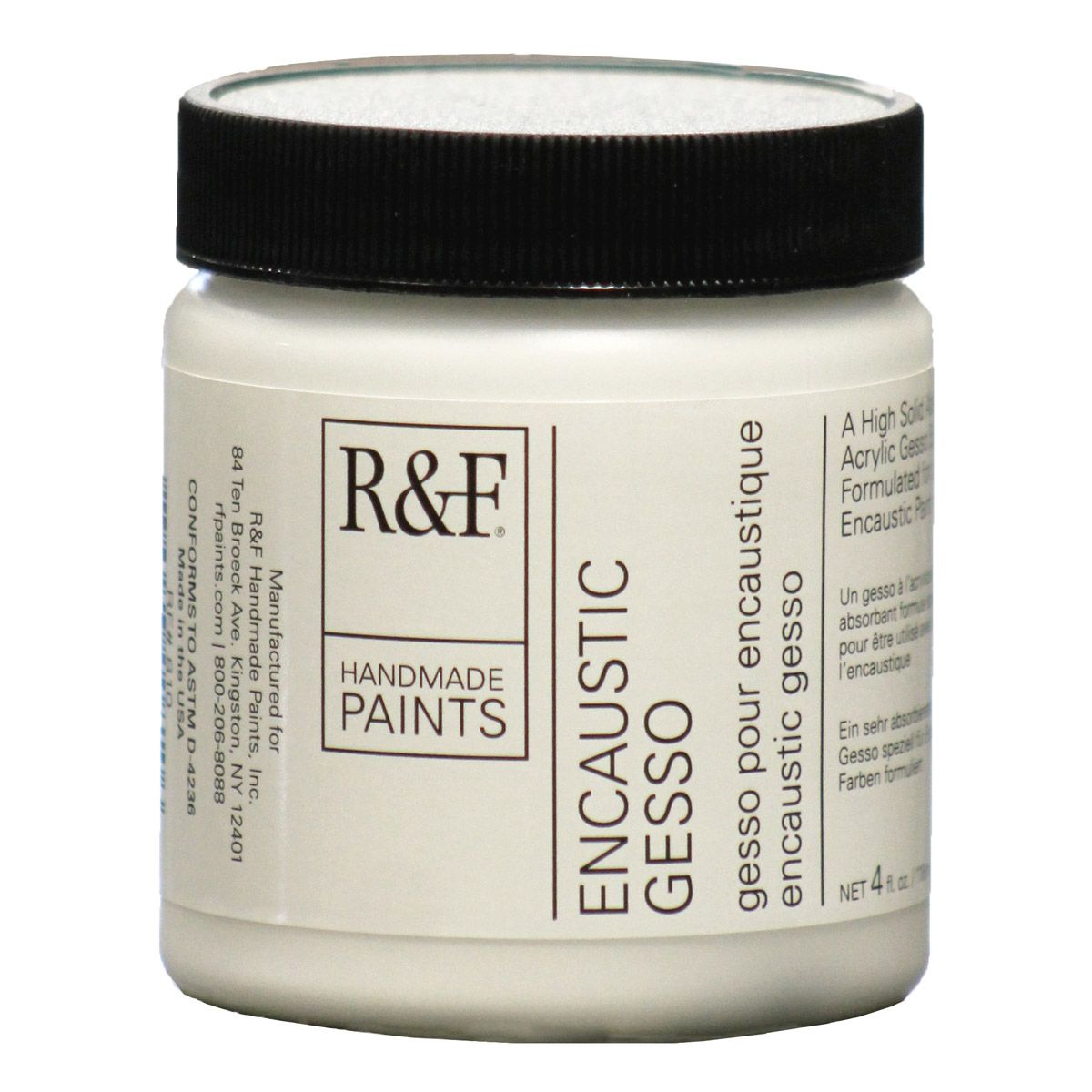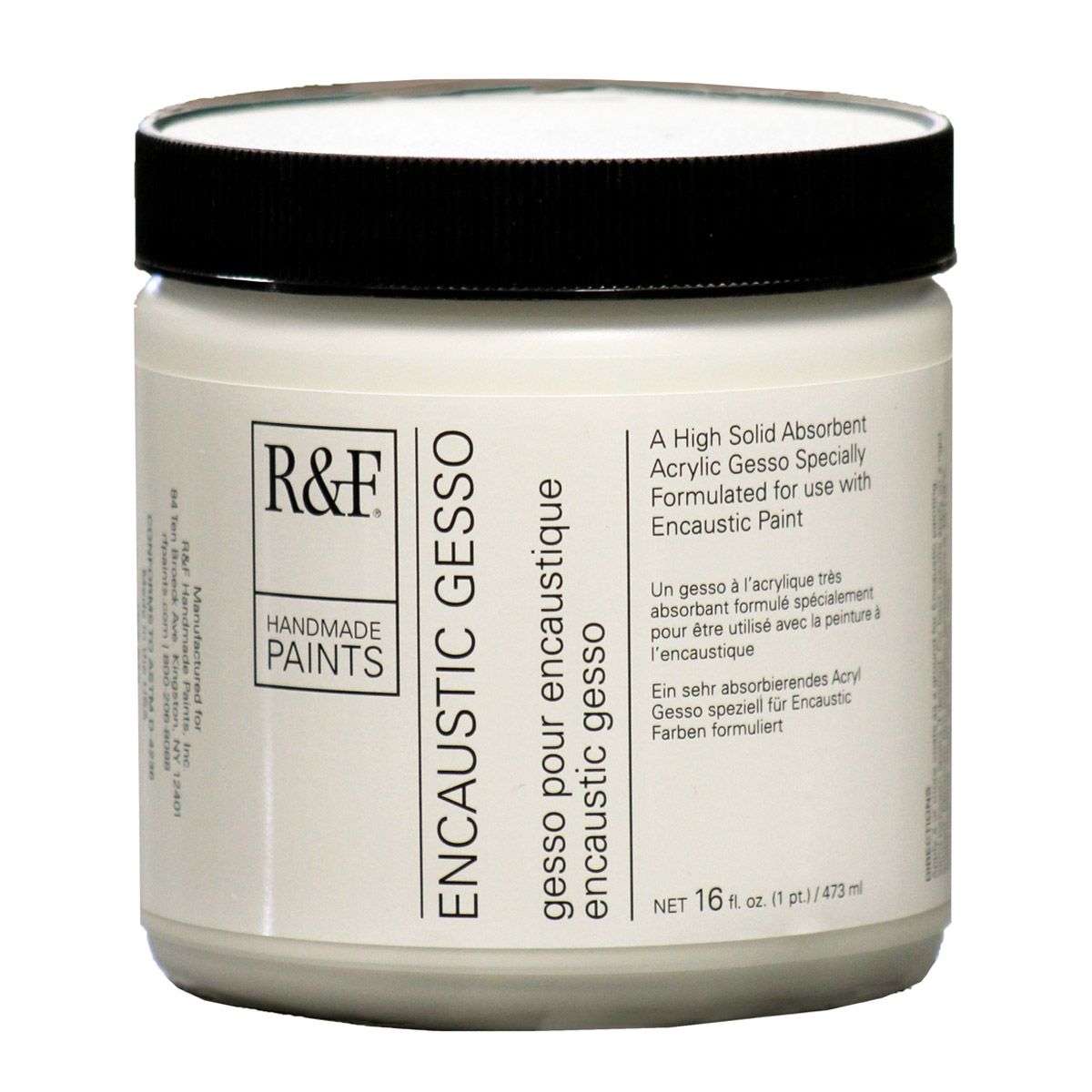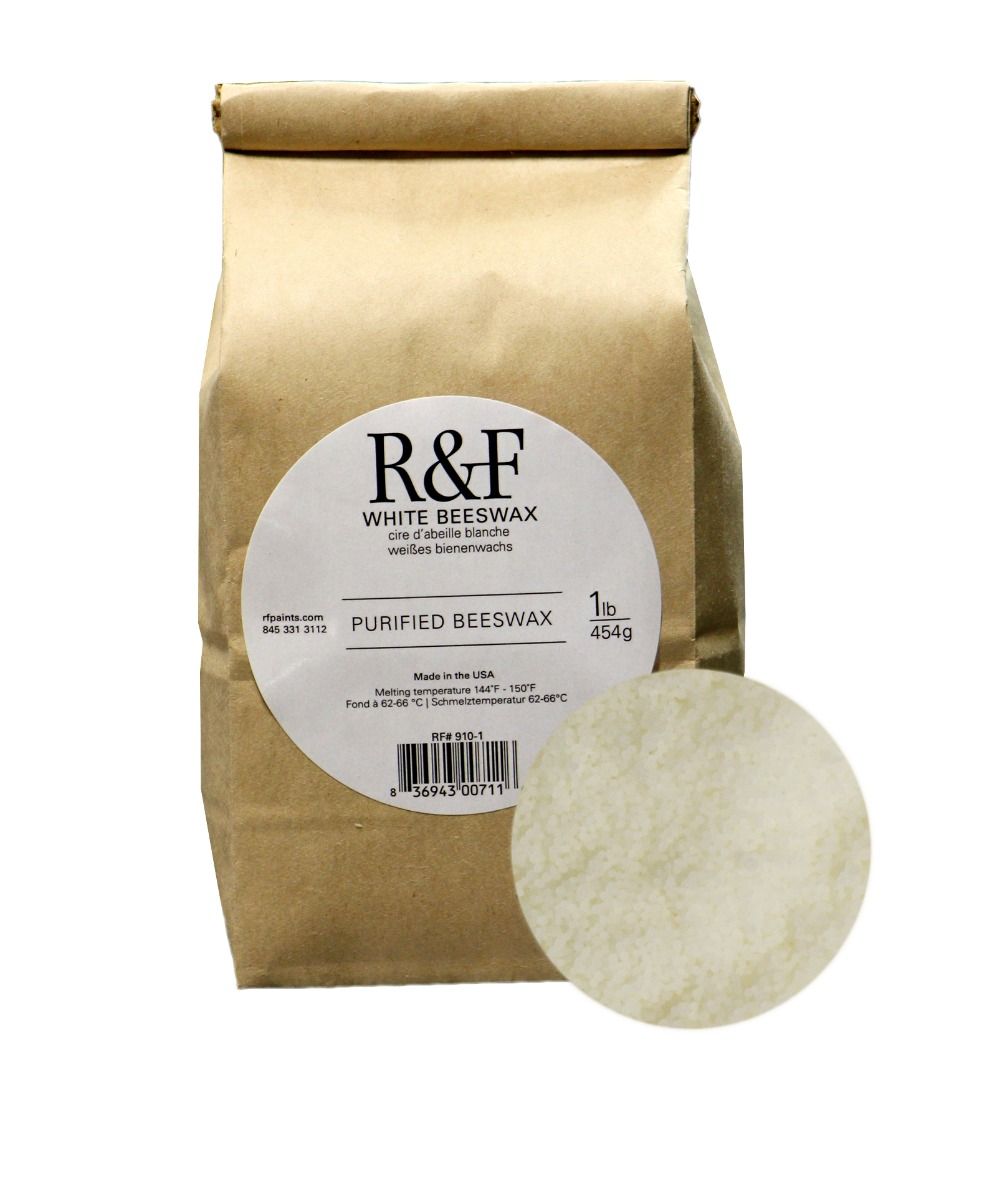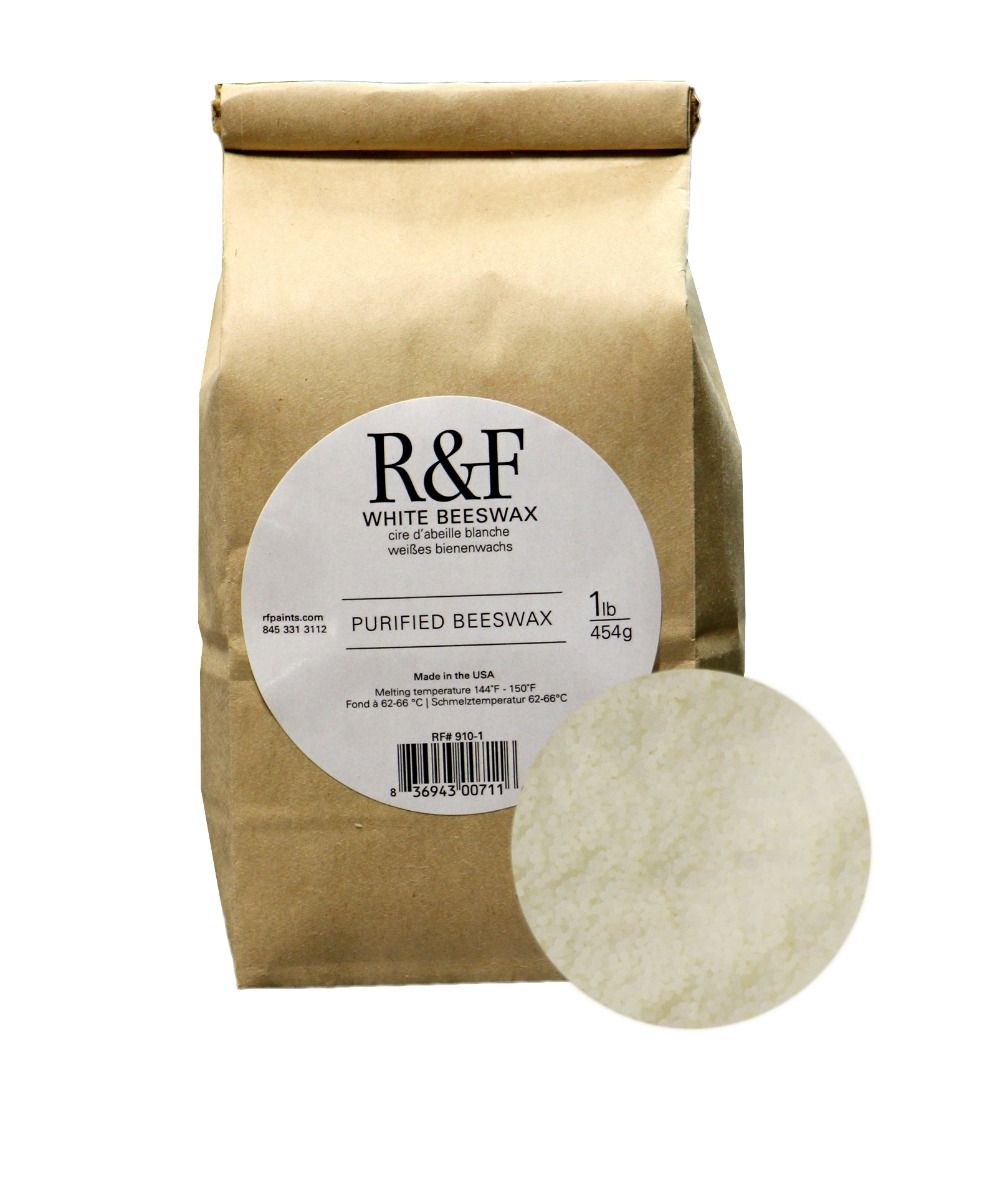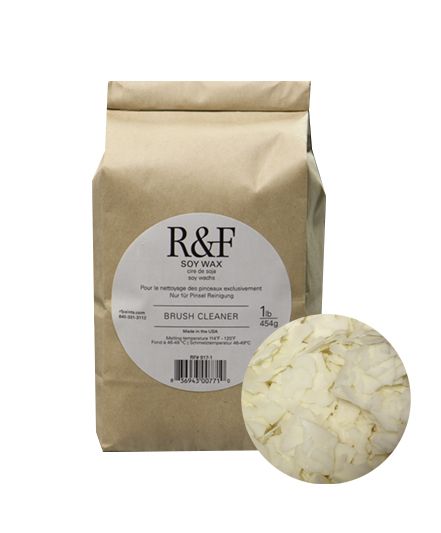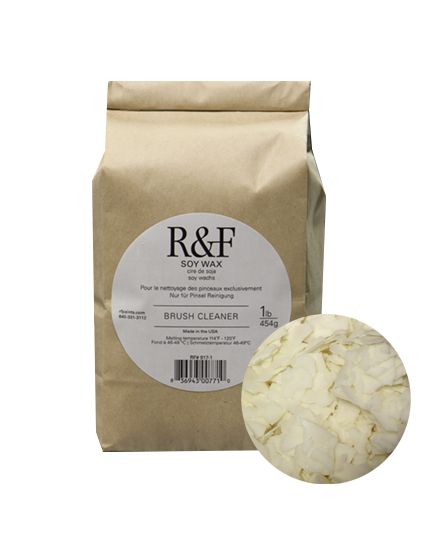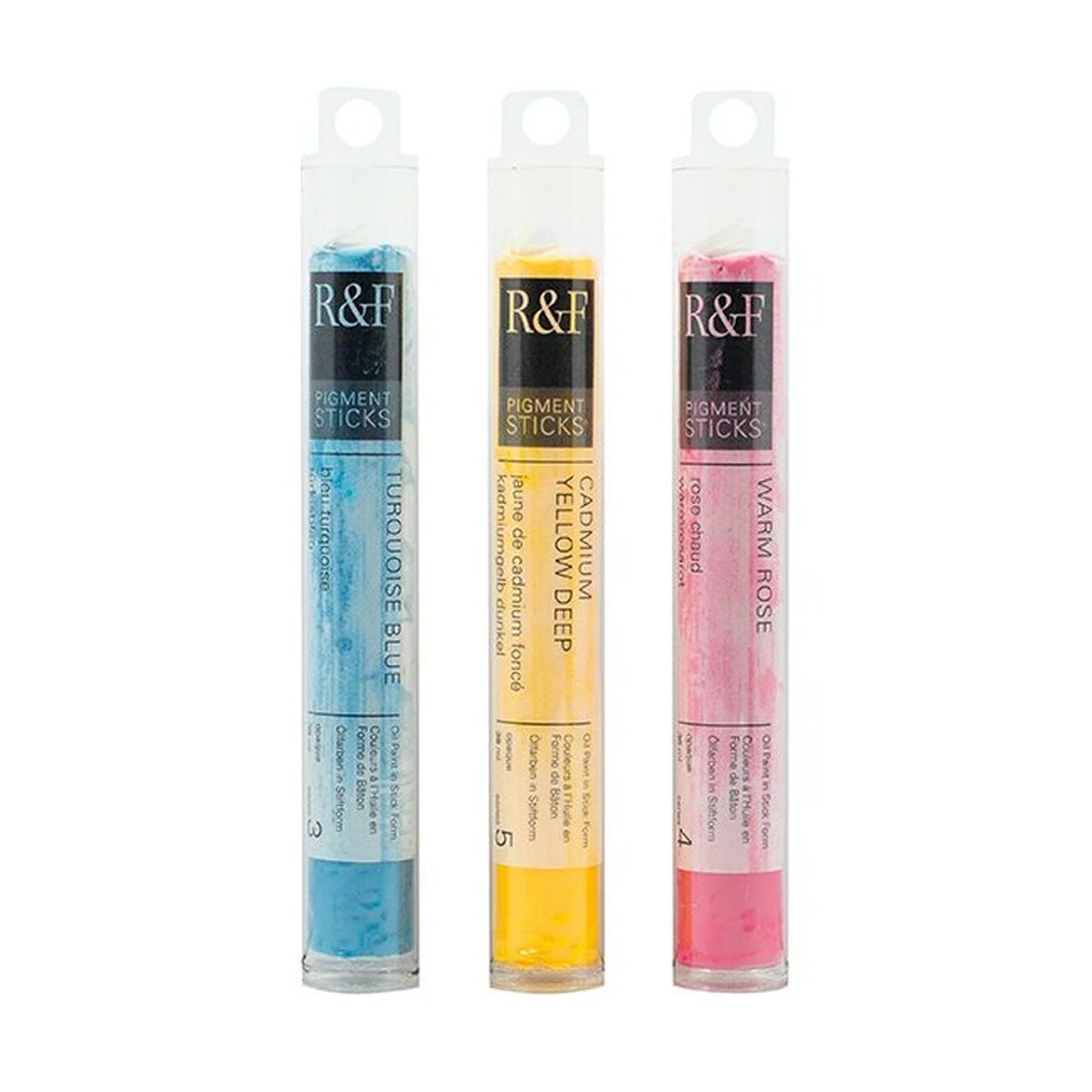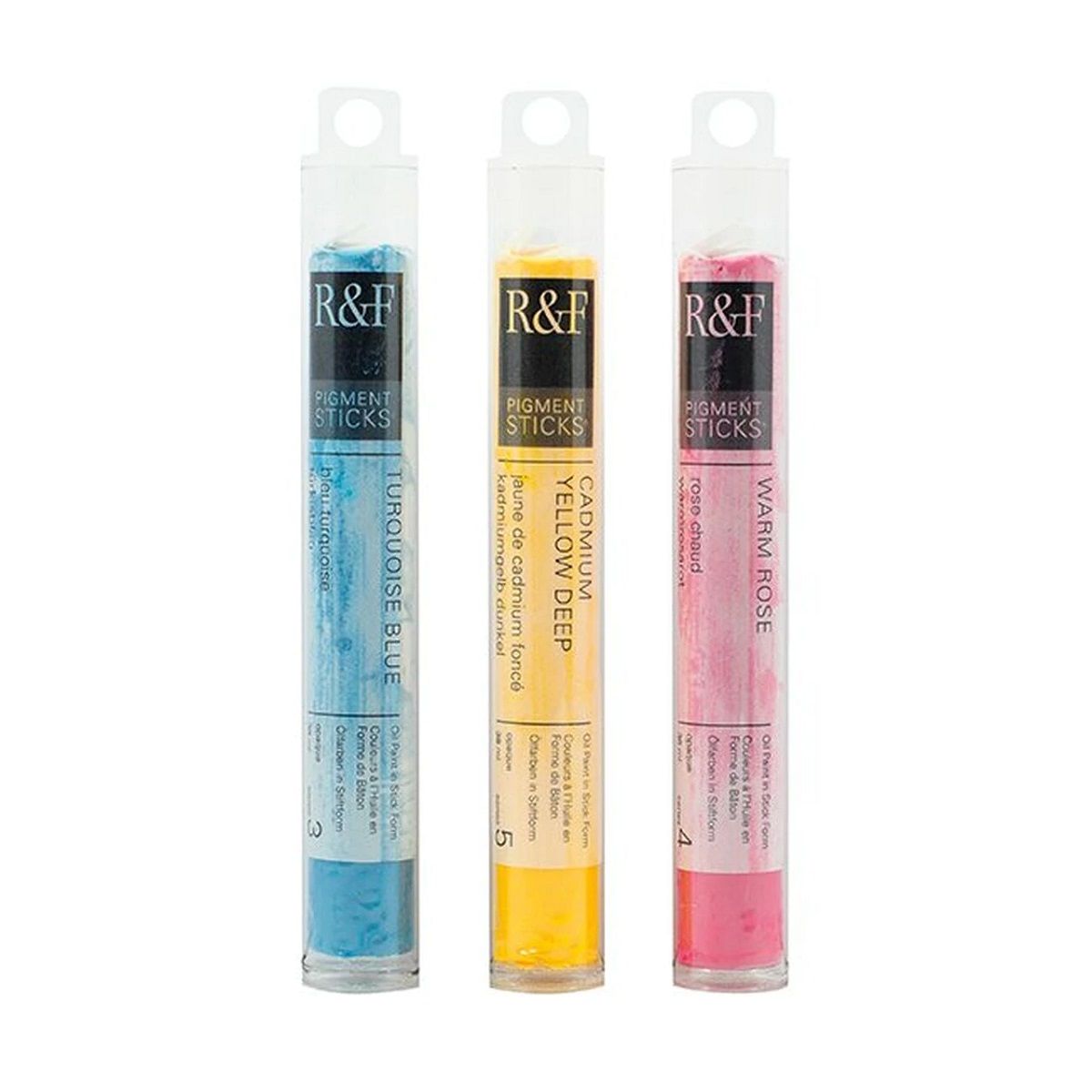R&F Oil Pigment Stick, Sepia 38ml
R&F Pigment Stick - Sepia, 40 ml
Deep purplish brown. It was developed to match the colour of the ink from cuttlefish, the traditional source of sepia. The reddishness associated with the sepia washes of Renaissance drawings is often faded from the natural colour.
- Pigment Composition: PW6-Titanium White; PB29-Ultramarine [Blue]; PV19-Quinacridone Violet; PR101-Red Iron Oxide; PW7-Zinc Sulphide White
- Paint Lines: Encaustic Pigment Stick
- Opacity: Semi-Transparent
- Pigment Stick Drying Rate: Medium
- Classification: Mixed
- Chemical Composition: Quinacridone + Iron oxide + Ultramarine blue + Titanium-zinc white
- Safety Information: Conforms to ASTM D-4236
Safety Warnings: This product contains cadmium, a chemical known to the State of California to cause cancer.
R&F Pigment Stick - Sepia, 40 ml
Deep purplish brown. It was developed to match the colour of the ink from cuttlefish, the traditional source of sepia. The reddishness associated with the sepia washes of Renaissance drawings is often faded from the natural colour.
- Pigment Composition: PW6-Titanium White; PB29-Ultramarine [Blue]; PV19-Quinacridone Violet; PR101-Red Iron Oxide; PW7-Zinc Sulphide White
- Paint Lines: Encaustic Pigment Stick
- Opacity: Semi-Transparent
- Pigment Stick Drying Rate: Medium
- Classification: Mixed
- Chemical Composition: Quinacridone + Iron oxide + Ultramarine blue + Titanium-zinc white
- Safety Information: Conforms to ASTM D-4236
Safety Warnings: This product contains cadmium, a chemical known to the State of California to cause cancer.
Pigment Name: PW6-Titanium White
Classification: Synthetic Inorganic
Chemical Composition: Titanium dioxide
Properties
Titanium White is the most brilliant of the white pigments. It is considered an all-purpose oil colour useful in all techniques and the best all-around white. Its masstone is neither warm nor cool, placing it somewhere between Lead White and Zinc White. It is less prone to cracking and yellowing than Lead White, but it still yellows easily. Titanium White dries slowly in oil form, more slowly than Lead White but more quickly than Zinc White. It is opaque in oil and acrylic forms and semi-opaque in watercolour form. This pigment has good chemical stability, and its tinting strength is superior to both Lead White and Zinc White.
Permanence
Titanium White has excellent permanence and lightfastness.
Toxicity
Titanium dioxide is highly stable and is regarded as completely non-toxic. Animal studies do not indicate that it is absorbed biologically, even after long periods of exposure. The primary safety concern is with the inhalation of fine pigment dust particles.
History
Titanium is the ninth most abundant element in the Earth's crust. However, mineral deposits that are economical to mine are less common. Titanium dioxide was first discovered in 1821, although it could not be mass-produced until 1919. Widespread use of the pigment began in the 1940s. Since that time, it has become the most commonly used white pigment. The name comes from the Latin word Titan, the name for the elder brother of Kronos and the ancestor of the Titans, and the Greek word tito, meaning day or sun.
Pigment Name: PB29-Ultramarine [Blue]
Classification: Synthetic Inorganic
Chemical Composition: Complex silicate of sodium and aluminum with sulphur
Properties
Ultramarine is the standard warm blue, a brilliant blue pigment with the most purple and least green in its undertone. It has moderate to high tinting strength and beautiful transparency. Synthetic Ultramarine is not as vivid a blue as natural Ultramarine. Ultramarine dries slowly in oil and produces clean, though granular, washes in watercolour. French Ultramarine mixes well with Alizarin colours in oil and watercolour form to create a range of purples and violets. It can dull when mixed with white in acrylic form but mixes well with other colours. The shade varies based on the manufacturer. Considered a great colour for glazes, it is not suitable for frescoing.
Permanence
Ultramarine has excellent permanence, although synthetic Ultramarine is not as permanent as natural Ultramarine. It may discolour if exposed to acid because of its sulfuric content.
Toxicity
Ultramarine has no significant hazards.
History
The name for this pigment comes from the Middle Latin ultra, meaning beyond, and mare, meaning sea because it was imported from Asia to Europe by sea. It is a prominent component of lapis lazuli and was used on Asian temples starting in the 6th century. It was one of the most expensive pigments in 16th century Europe, worth twice its weight in gold, and so was used sparingly and when commissions were larger. Ultramarine is currently imitated by a process invented in France in 1826 by Jean Baptiste Guimet, making blue affordable to artists and extending the range of colours on their palettes.
Pigment Name: PV19-Quinacridone Violet
Classification: Synthetic Organic, Quinacridone
Chemical Composition: Quinacridone pigment
Properties
Quinacridone Red is a high-performance, transparent pigment with an average drying time and uneven dispersal. It is another name for Quinacridone Violet (PV19) and Quinacridone Red (PR192). Quinacridone pigments have relatively low tinting strength in general. For this reason, quinacridone colours are often expensive because more pigment is required in the formulation.
Permanence
Quinacridone Violet has excellent lightfastness and is considered the most lightfast organic pigment in this shade range.
Toxicity
Quinacridone Violet has no known acute hazards. Overexposure to quinacridone pigments may cause skin irritation. Quinacridone pigments contain a compound found to be a skin, eye, and respiratory irritant.
History
Although quinacridone compounds became known in the late 19th century, manufacturing methods to make them practical for use as commercial pigments did not begin until the 1950s. Quinacridone pigments were first developed as coatings for the automotive industry but were quickly adopted by artists.
Pigment Name: PR101-Red Iron Oxide
Classification: Synthetic Inorganic, Earth
Chemical Composition: Iron oxides (synthetic), iron oxide, silica, alumina, lime, and magnesia or hydrated iron oxide
Properties
Red iron oxide varies in hue and transparency, depending on hydration and slight impurities. Indian Red is a slightly duller, deep brick hue with a bluish undertone. It is very dense and opaque, with excellent tinting strength and covering power. It is dependable when mixing with all other permanent pigments and yields good flesh tints when mixed with Zinc White. It is the synthetic version of PR102, a pigment made from earth reds or natural red iron oxides, and the names applied to PR101 and PR102 often overlap. Synthetic red iron oxides have mostly replaced natural red iron oxides and are brighter, more robust, refined, and permanent. Indian Red is the highest grade bluish shade. Light Red, English Red, and Venetian Red are yellowish shades. Mars Violet is a dull and subdued bluish or purplish oxide.
Permanence
Red iron oxide is very lightfast with excellent permanence.
Toxicity
Red iron oxide has no significant hazards.
History
Natural red iron oxide comes from the mineral ore hematite, called bloodstone by the ancient Greeks from the word hema, meaning blood. It is one of the oldest pigments, has been used by every major civilization, and was an essential mineral for medieval alchemists. It was not widely used in artists' materials until the 17th century and was not produced in large quantities until the 18th century.
Pigment Name: PW7-Zinc Sulphide White
Classification: Synthetic Inorganic
Chemical Composition: Zinc sulphide
Properties
Zinc Sulphide White is a semi-transparent yellowish-white pigment. Zinc sulphide and zinc oxide (PW4) are often combined to create a more natural white colour. Transparency increases as particle size decrease. When slight impurities are added, zinc sulphide has phosphorescent and electroluminescent properties. It is often used to manufacture fluorescent or glow-in-the-dark paints.
Permanence
Zinc Sulphide White has excellent permanence and lightfastness.
Toxicity
Zinc Sulphide is non-toxic, but ore deposits often contain lead. Traces of lead and other impurities may be present in pigment powders. Ingestion is not recommended.
History
Zinc sulphide, when combined with slight impurities, has phosphorescent properties. It is often used for invisible ink that glows with exposure to ultraviolet light. Zinc sulphide is used in the manufacture of fluorescent paints.
| Size | 38 ml |
|---|---|
| Brand | R&F Encaustic Handmade Paints |
| Country of Manufacture | United States |
| Type of Store Credit value | Select |
| Country of Origin | 836943005969 |










